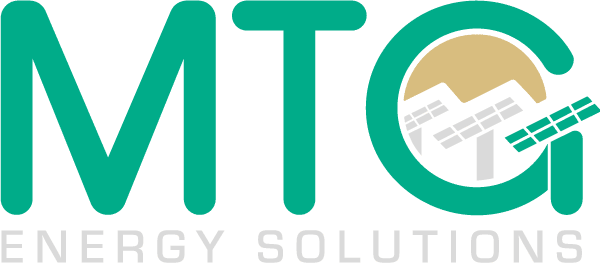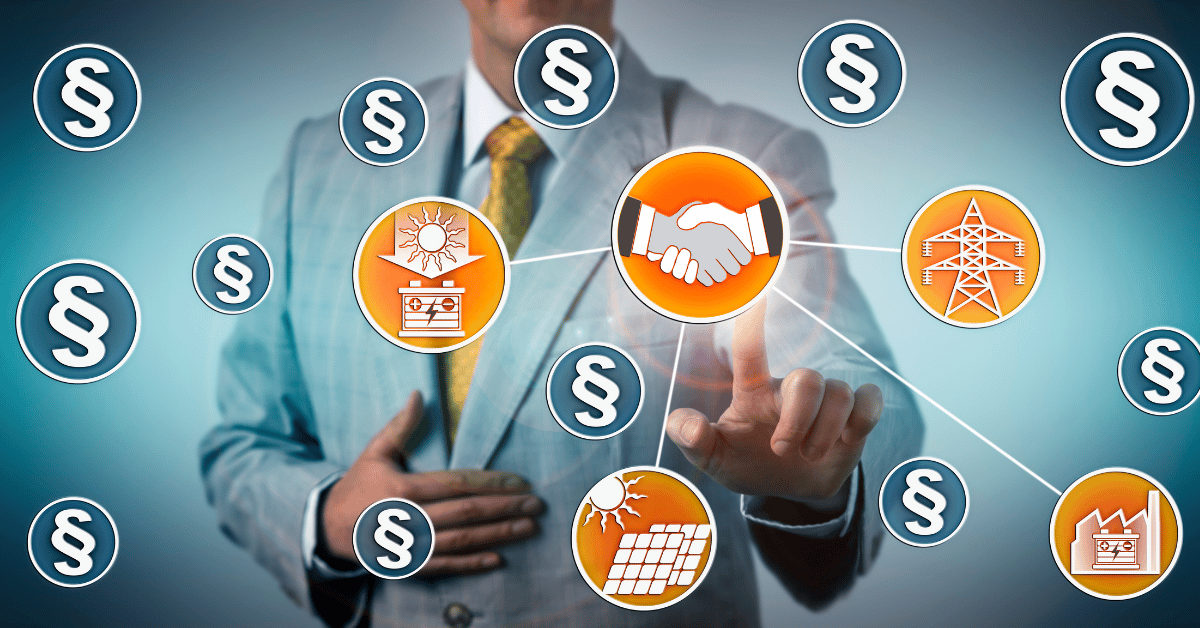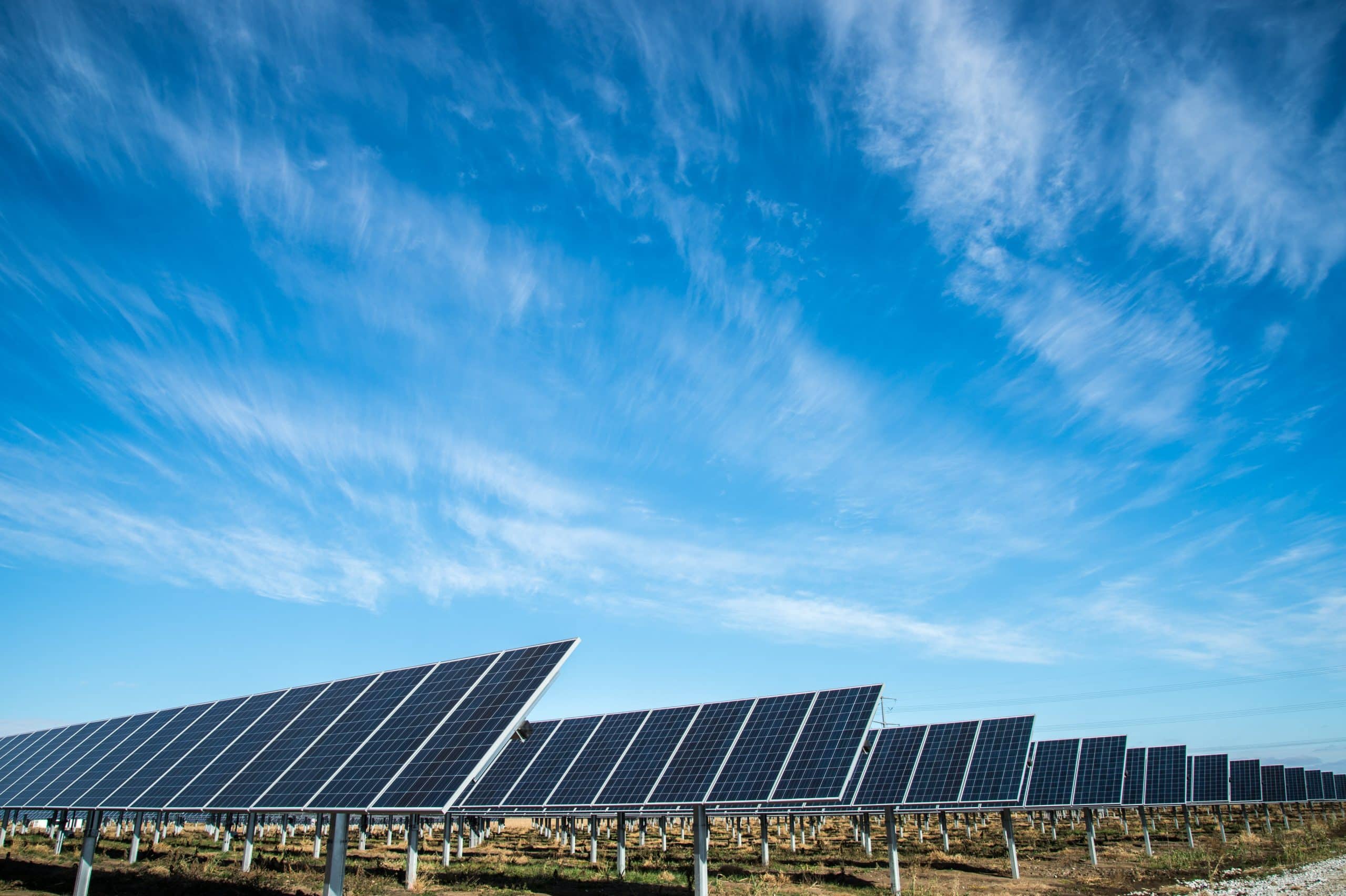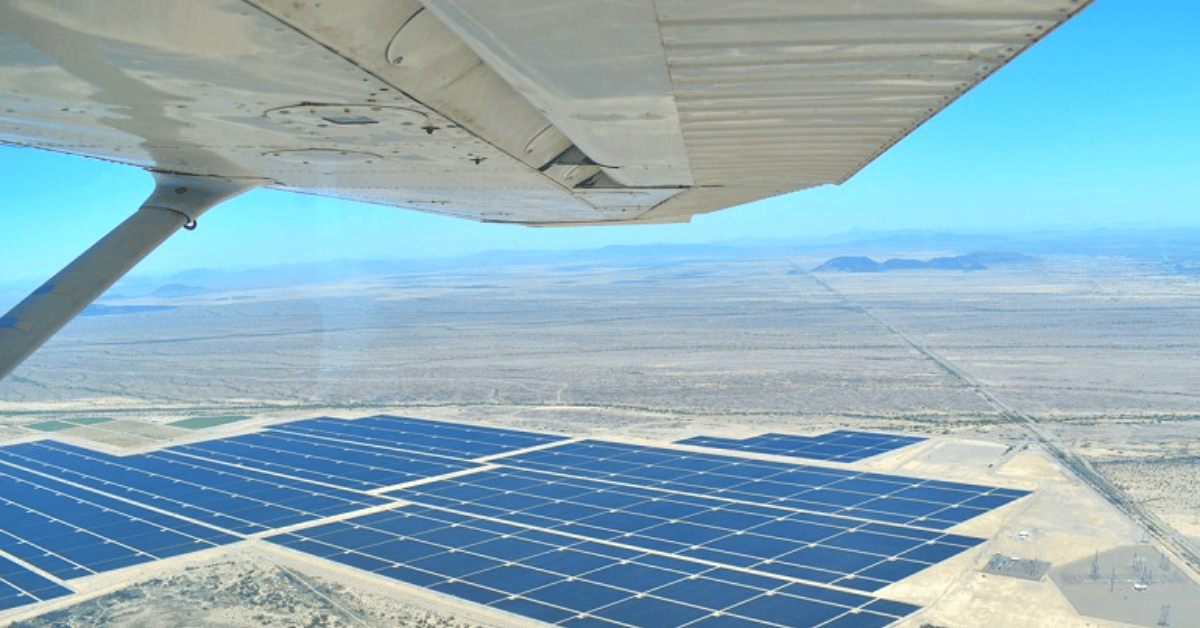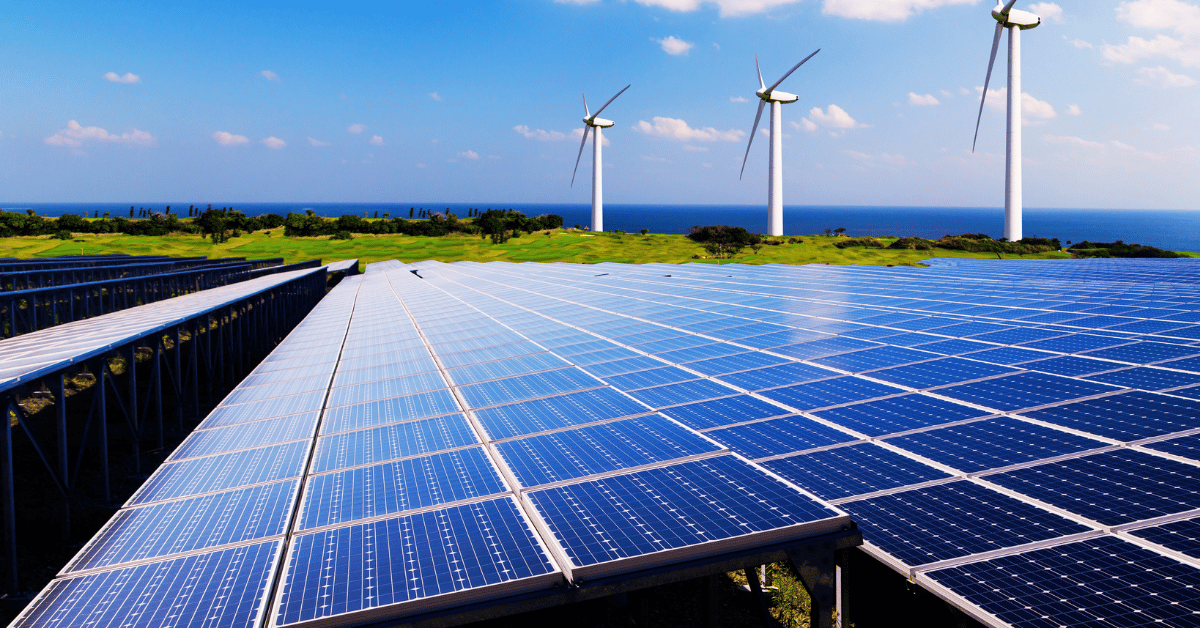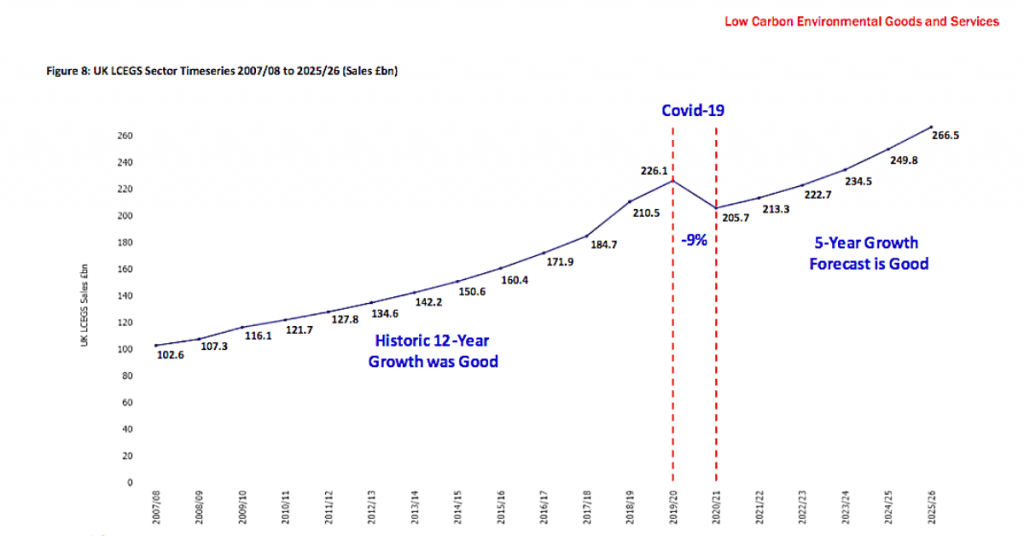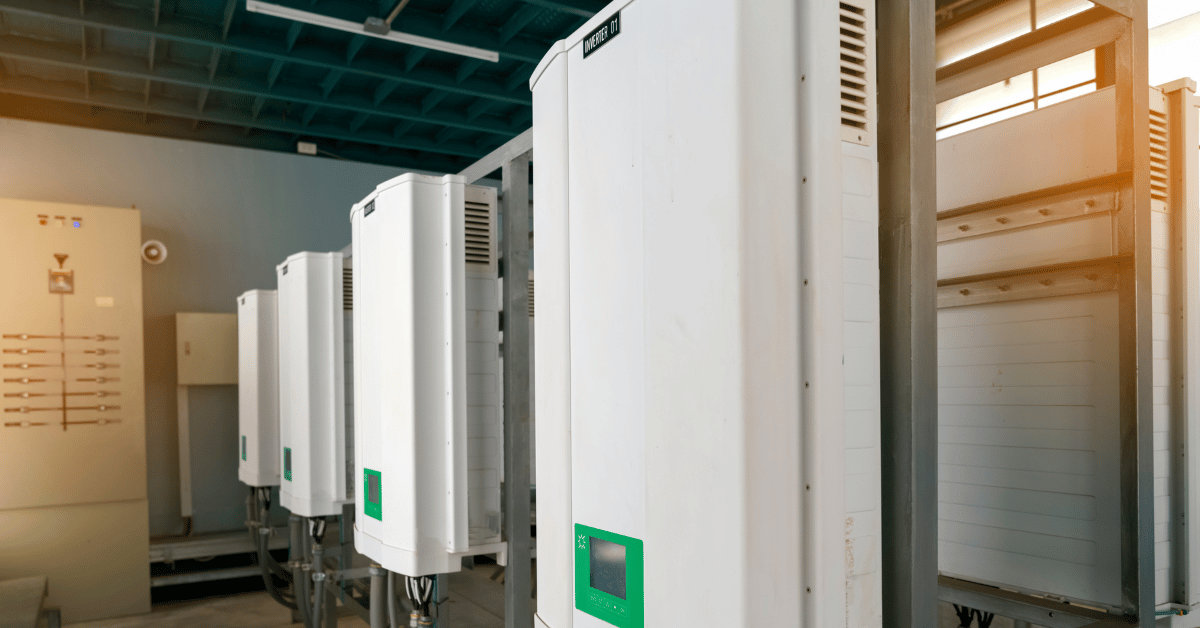Solar inverters, also known as PV inverters, play a crucial role in the solar energy system. They are mostly considered the brains of a project. The solar panel inverter is beneficial in changing the direct current to an alternate current. Direct current is the power that flows in one direction in the circuit and assists in providing current when there is no electricity. What does a solar inverter do? Below is an informational guide into what a solar inverter is and how it works.
What Is a Solar Inverter, and Why Is It Important?
A solar inverter is one of the most vital components of a solar structure. The inverter transforms the energy output from solar panels into consumable electricity form used in residential or commercial properties.
How Does a Solar Inverter Work?
It works by taking the variable direct current from the solar panels and changing it into alternating 120V/240V or alternate current output. Most home appliances run on alternate current but not direct current. It is the reason why solar panels must change the direct current output collected by your solar panels.
Technically, the sun shines on your photovoltaic cells (solar panels), designed with semiconductor layers of crystalline silicon. The layers are a combination of negative and positive layers connected by a junction.
The layers absorb the light and transfer the solar energy to the photovoltaic cells. The energy runs around and bumps electrons lose. The electrons move between the negative and positive layers generating an electric current, commonly referred to as direct current.
Once the energy is produced, it is either sent directly to an inverter or stored in a battery for later use. This ultimately depends on the solar panel inverter system you have.
When the energy gets sent to the inverter, it is usually in the direct current format. However, your home requires an alternate current. The inverter gets hold of the energy and runs it via a transformer, consequently spitting out an alternate current output.
In short, the inverter runs the direct current via two or more transistors that turn on and off extremely fast and feed the transformer’s two varying sides.
What Does a Solar Inverter Do?
As previously mentioned, PV inverters are considered the brains of a solar energy system. This is to say, without the solar inverters, the whole system cannot function. Below are a few essential job duties for solar inverters.
Convert Direct Current to Alternate Current
This is a solar panel inverter’s basic function that helps create power that is usable in homes and commercial properties.
Maximize Power Output
Solar inverters continually keep track of the solar array’s voltage to discover the maximum power at which the modules can function. If modules are degraded, or shading happens from environmental factors, the inverters can unintentionally identify the string’s wrong peak. This reduces the system’s general energy production.
Interface with The Grid
New smart inverters have advanced from one-way to two-way communication with the grid, helping with grid-supporting functions. Smart inverters can carry out certain grid-supportive functions related to communication, frequency, voltage, and controls, owing to advanced software.
One of these grid-assistance functionalities is the ability to ride through minimal disturbances, such as voltage change. A smart inverter can turn into standby mode in the event of a voltage change and assess how long the disturbance occurs, and switch off if it persists.
Report on Power Production
Solar inverters help you to keep track of your solar system’s power output. The latest inverters come with communication capabilities via Wi-Fi, hardware Ethernet, or Bluetooth. With their technology, you can view the error codes, power reduction data, and diagnostics from inverters on their dedicated smartphone apps or computers.
Ensure Safe System Operation
Solar inverters are required to switch off in case of an electric arc, which is possible due to material degradation and system ageing. Inverters are programmed to spot these arcs, but research has discovered that not all inverters will do it effectively. CHINT inverters are among the top performers that will ensure safe system operation.
Types of Solar Inverters
Solar panel inverter technologies comprise three types, micro-inverters, power optimizers, and string inverters. String inverters are the most common option worldwide. Below are the three categories explained;
String Inverters
They are the most cost-effective inverter options available in the US. Previously, solar installation companies generally offered string inverters systems if your property’s roof had limited shading for long days and did not face multiple directions.
However, recent updates from major string inverter companies design the inverters to be applicable in wider circumstances. The panels are arranged into groups linked with strings, hence the name. Many panel strings can be linked to a single inverter, transforming the panels’ direct current electricity into appliance-friendly power.
Power Inverters
They are a type of module-level power electronics, usually with similar benefits as the micro-inverters but cheaper. The inverters are located at each panel. However, instead of converting the direct current to an alternate current at the panel site, the optimizers condition the direct current electricity and passes it to a string inverter.
Their panel-level optimization leads to a higher system efficiency than string inverters in instances where the roof is shaded.
- Micro-inverters
You can install these on each panel in a solar energy system. They transform the direct current electricity from your photovoltaic cells into alternate current electricity on your roof without needing a separate central inverter. Experts mostly mount them onto the back of the solar panels.
Just like with power optimizer inverters, micro-inverters allow you to monitor each solar panels’ performance.
Summary
Every home and residential property has different solar needs. A good way to determine what solar inverter you need is to calculate the amount of energy you would ordinarily require. With a quality CHINT solar panel inverter, there is almost no limit to what you can do with the power. It is always advisable to seek professional help if you need to consult or make a purchase.
